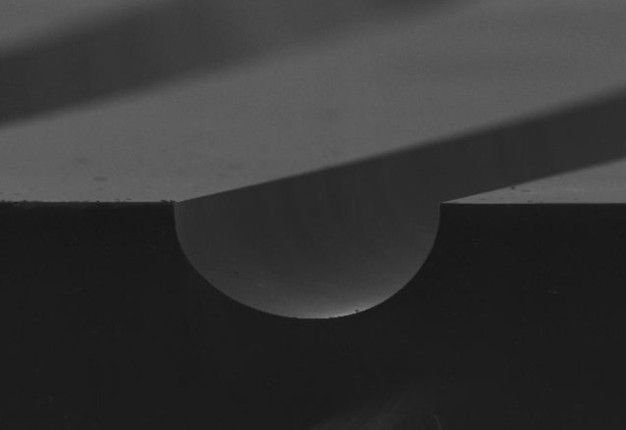With " Picolyzer" the competence centre wants to prove Nanochem metal ions in inconceivably small concentrations
It reminds a little of the search for the famous needle in heap of hay: In the HighTech range it is of greatest importance to seek out in liquid media each still so small contamination due to metal ions. At the university Regensburg (HS.R) on it one researches industriously and works: Under the direction of Professor Dr. Alfred Lechner are " in the competence centre; Nanochem" Studying one and engeneering graduates about, a compact, to develop fully automated analyzer. " Picolyzer" is to help soon to determine smallest contamination via on-line measuring procedures and so losses of production, e.g. because of water quality lacking to avoid. The roots of " Nanochem" are appropriate for micro-system technology, to which in October 1990 country widely for the first time to the HS.R one offered in the course of studies. In the course of the years developed in co-operation between HS. R and the relevant industry a strong co-operation in the area of the chemical analyses and process technique. In order to be able to work on the projects with the industry more effectively, the professors Dr. Lechner, Dr. Rieger and Dr. Wild based to the HS.R " in the autumn 2007; Competence centre Nanochem". The pure area of the university offers all wet-chemical procedures to corroding and cleaning, which are used in the micro and nanotechnology. All other processes are in addition to the competence centre Nanochem such as photolithography, plasma-supported procedures (, layer separation and drying corroding sputter) and layer production by vaporizing and damp oxidation at the disposal. For analyses further spectroscopic and chromatographische methods are used in media and on surfaces into the nano-range, which are e.g. for environmental, medicine, bio and semiconductor technology of importance. Additionally Nanochem offers theoretical and practical training courses in the pure area. With the Picolyzer the competence centre wants to make a contribution to controlling the quality of liquid media in the industry costs saving and continuously in process basins and to make aufw�ndige pass-pointlike analyses with expensive devices unnecessary. The equipment can be enough with the help of some meters, prove spiral cuvette in silicon with a very small channel diameter on spectroscopic way metal ions in smallest concentrations. For this water or other liquid media becomes like e.g. Acids and bases as well as light linked into the long cuvette at the same time. The light is led by means of total reflexion across this extremely long distance. By total reflexion one can understand a reflecting of a ball of a wall. Exactly like the ball also the light can be led by constant reflection (to reflect) at the channel wall by a curved structure. By this effect the light remains in the channel and withdraws at the end with almost 100 per cent. During going through the light is weakened by the metal ions contained in the medium. This weakening can be quantified by analytic procedures. Concentrations into the ppb range can be determined. That is, descriptive compared to the world population: It would be to be sought out possible, Bavaria in China. Beside the primary goal market of the semiconductor industry a broad field of further applications exists, beginning with environmental protection up to fluorescence-based analytics in the bio and medical technology. The emphasis of the project Picolyzer lies in the development of appropriate micro-fluid components such as pumps, mixture structures, micro cuvettes and their integration to an overall system. The complexity of the project requires close co-operation with relevant research establishments like e.g. the Frauenhofer Institut (IZM) in Munich and the competence centre sensor system at the HS.R under the direction of Professor Dr. Hummel.Aufnahme of a cuvette with a scanning electron microscope (REM). Picture: Competence centre Nanochem
This text was translated automatically.









